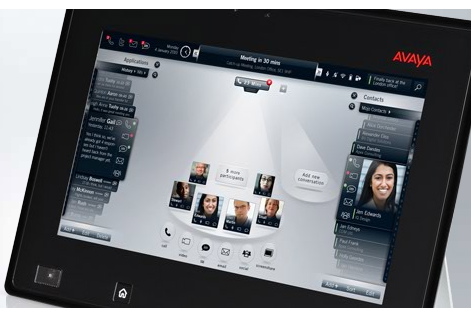Consumer and business applications of desktop video conferencing.
Today, my teenage family is quite distributed. We are in the process of purchasing a home in Northborough MA, which is where my wife and I and our two teenage sons will live. Our oldest is a sophomore at Ithaca College NY, and our second oldest lives in Allen TX with my younger sister and her family. She is a senior in high school there.
All three end points of our family have video kit from Apple – iSight. We use the iChat presence and instant messaging application (comes with OS X) to confirm availability for video and then the iSight enhancement uses SIP to establish a video session with our family members. We use the available bandwidth (we have an 802.11g network in the house, with DSL service while my sister has 802.11g in her house with cable modem service) to establish an audio and video link between MA and TX.
Great fun. I've already noted that calls are longer and more interesting since we are less easily distracted than when we have single-mode communications and can use the visual aspects to do show and tell sessions and the like. I think there is promise for video in the consumer market.
In business however, there is less demand. I think it will evolve in two ways. First, as a basis for inclusionary policies to enable employment for auditory impaired persons, who need the visual cues of lip reading to achieve their understanding of the communication. This is a fancy way to say that we can use video technologies to allow deaf people to do lip reading.
The second way, is for those interactions where undivided attention of both parties is not only desirable but required. Many, many conference calls are free-form interrupts. They involve too many people (because they can), who attend in silent mode and continue with their emails, until interrupted. At that point they jump up and ask for the question to be repeated so they can contribute.
Yuck.
Video conferencing will detect the sleeping dude, since we can see it in his/her eyes.
I find bringing the PC to meetings a major distraction, unless the PC is used to enhance the time spent together by collaborating on the artifacts on the screen, or delivering a presentation.









